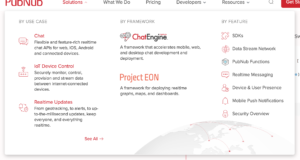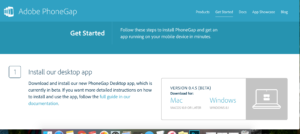This past week, I’ve finally gotten into what will make this project and the ideas I have for it come to fruition. Plenty of programs needed to be downloaded and a lot of time will need to be spent getting used to a learning how they work. In order to figure out which programs I needed, I spent plenty of time reading forums, instructional Wikis, and watching youtube tutorials mainly from this guy. In order to get the models made, textured and imported into Fallout 4, there are a bunch of steps that need to be done. In addition, there is a large amount of time to be spent on the creation of world spaces and NPCs in the Creation Kit.
The first program that I will talk about here is Autodesk 3ds Max. This is a modeling program, similar to Maya, that will assist me in the creation of weapon models. Now, going about getting a custom mesh into a game isn’t as simple as pressing the Export button. For Fallout 4, once you have a mesh and a texture for the mesh, you need to export it as a .nif file. In order to do this in 3ds Max, you need to have a separate plugin that allows you to import and export as .nif files. With that custom .nif mesh file, it’s time to open it in a program called NifSkope. This program is mainly used for Bethesda titles and basically acts as a bridge for the modeling program to the game engine. It assigns animations, sounds, size, and more. It’s basically where you glue your gun together after you made all the pieces. Then you can bring it into the Creation Kit to finally put it in your game. In action, it’s much easier said than done. Within those few steps I’ve mentioned, there are a ton of little tiny steps that take time to hurdle over.
All other tasks are pretty much located right within the Creation Kit. In it, I can write quest paths and their subsequent dialogue trees. I can also create custom NPCs that can speak those custom lines. World creation, object placement, and Nav Meshing can also be done right within the Creation Kit. It looks like it’s gonna be a lot of work, but not impossible.

 –> super helpful how-to
–> super helpful how-to